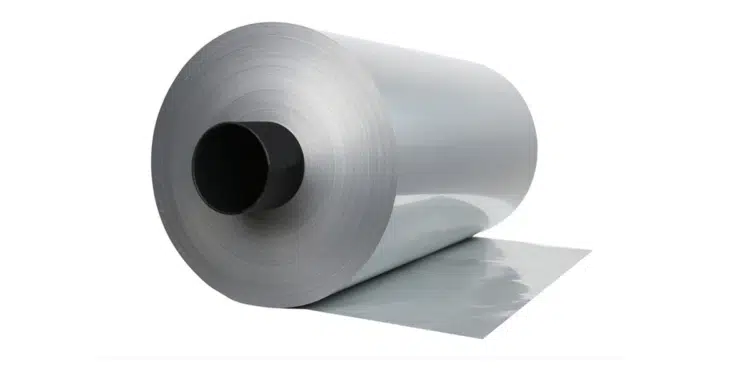The dielectric is the “key element” of a capacitor, because the purity of the dielectric material is at the core of its long term reliability and volumetric efficiency.
“Of all passive components, materials technology is most important in the capacitor business…” John Sprague, Sprague Electric
Sprague Electric was a US pioneer in capacitor technology throughout most of the 20th century and inventor of, among other technologies, the tantalum capacitor. John Sprague makes this point in his book “Revitalizing US Electronics: Lessons from Japan“; for Mr. Sprague, the dielectric is the “key element” of a capacitor, because the purity of the dielectric material is at the core of its long term reliability and volumetric efficiency.
This book was published in 1993; whether the same holds true today vis-a-vis current technology is open to debate, but there is still a kernel of truth in his argument that an inductor is, at the end of the day, a piece of wire wound around a ferrite core and that cost of labour, rather than purity of materials, is the prime factor in their production.
In this article, we will follow Mr. Sprague’s lead and investigate how materials science is vital to the production of the high quality stuff needed to make such a seemingly mundane product as an electrolytic capacitor.
ALUMINUM CAPACITORS
We all know they are simply a combination of aluminum foil, oxide, liquid or solid electrolyte, casing and terminations, that they are assembled on high speed machines in hundreds of factories around the world, and that they populate just about any sort of electronic equipment you can think of.
But the “aluminum foil” used in their production is not your supermarket variety foil; it is a product of the important high purity alumina (HPA) industry and an excellent example of the importance of advanced materials technology in producing high purity material for capacitor production.
High purity alumina is a high value, high margin material in increasing demand throughout the electronics industry as a vital base material in the manufacture of LED lights, semiconductor wafers and aluminum capacitors. It is also the vital ingredient in the manufacture of synthetic sapphire to make scratch-resistant glass for wristwatches, smartphones and other optical windows and screens for plasma displays.
Demand for HPA is predicted to grow at a compound annual growth rate of more than 16% between now and 2024, a growth driven primarily by the worldwide adoption of LED lighting as a replacement for traditional incandescent lights.
The aluminum capacitor manufacturing industry has been a consumer of HPA in the form of high purity aluminum foil for many decades and continues to be an important market for producers.
High purity alumina is available in 3 industry standard categories:
- 4N category – 99.99% pure aluminum oxide (100ppm impurity level)
- 5N category – 99.999% pure aluminum oxide (10ppm impurity level)
- 6N category – 99.999% pure aluminum oxide (1ppm impurity level)
High grade aluminum foil for capacitor manufacture is of 4N category purity and is typically tempered with trace elements; this high purity foil and the action of the trace elements provides greater dielectric strength, longer term reliability and improved bending capabilities.
The production of high purity aluminum uses complex refining processes to reduce the concentration of impurities and to alloy trace elements in the ppm range.
TANTALUM CAPACITORS
The construction of tantalum capacitors follows the same principals as aluminum capacitor manufacture and, although materials differ, it is once again the purity of the starting material that matters. The higher the purity of tantalum powder used in capacitor production, the better the electrical performance.
The purity of tantalum powder is specified by the same categories as high purity alumina: 4N, 5N and 6N, although tantalum powder for capacitor manufacture is also available at 2N (99%) and 3N (99.9%) purity levels.
The most common industrial process for the production of high quality tantalum power is the sodium thermal reduction process; this is a process of chemical reduction and heat treatment that once again highlights the importance of cutting edge materials technology in producing the high quality starting material required for successful capacitor manufacture.
This high purity powder is pressed into a porous pellet, sintered to improve particle bonding, electrolytically anodized to form a pentoxide dielectric layer, coated with a cathode electrolyte, and encased.
CONCLUSION
Although capacitors are among the most common of electronic components, they differ from other passive components in the vital importance that high purity starting materials play in their production. The dielectric is the thing when it comes to all capacitors, and minus the high purity aluminum foil or tantalum powder base materials, an electrolytic capacitor would be just a foreign object in a circuit board. It is the sort of materials technology that John Sprague refers to that converts these “objects” into the high performing components they are.
featured image credit: Foiltec
































